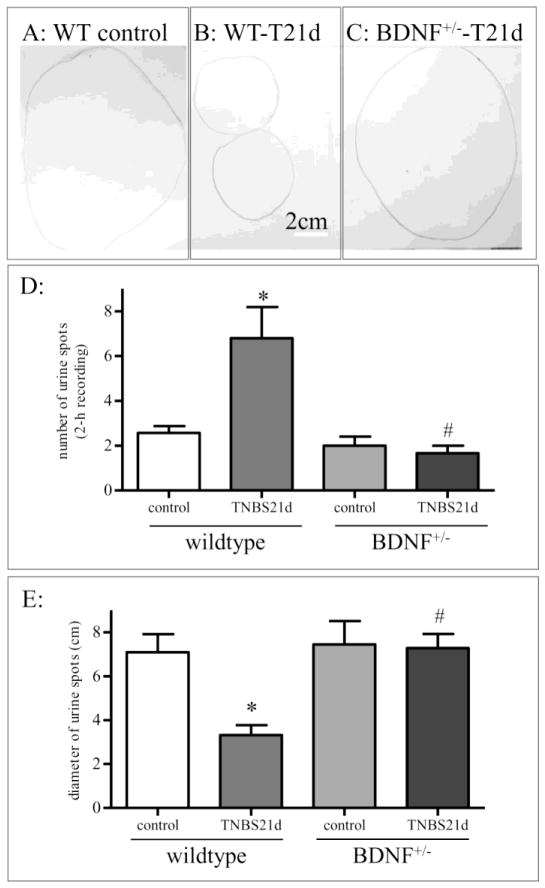Figure 7. Bladder hyperactivity was present at 21 days post colitis induction which was reduced in BDNF+/− rats.
VSOP (A–C) showed that control rats excreted fewer times with larger volumes per drop (A). TNBS treatment increased voiding frequency and reduced urine amount per drop (B), reflecting bladder hyperactivity. Bladder hyperactivity was reduced in BDNF+/− rats receiving TNBS treatment (C). The number of urine drops were recorded in a 2-h window (D). The average diameters of the urine spots were measured and calculated (E). Animal numbers used: for wildtype: control, 6; TNBS 21 days, 5; for BDNF+/− rats: total 8 animals were analyzed. Two pairs (control and TNBS 21 days) were analyzed simultaneously in a pair-matched manner. Additional 4 animals were examined before and post TNBS treatment. There was no significant difference within each treatment group thus data were pooled). *, p<0.05 vs control. #, p<0.05 vs TNBS in wildtype.

